Richard Glover is a photographer in the architectural, design and editorial fields of Australia and the UK. He has photographed for clients such as Foster & Partners, The Guardian and Opera Australia.
Glover’s personal and commissioned work has been shown in various locations, including the Art Gallery of New South Wales, Tate Modern, and ArtBank Australia. He is also a lecturer and tutor at various colleges, universities and photography centres.
He shares how he responds to a brief, and the challenges he faces on architectural shoots.
Tell us a bit about yourself.
I live in inner city Sydney with my wife and teenage children. I love cooking, cleaning and transporting family members to multifarious activities. OK, I don’t really love cleaning that much.
Why photography?
I was introduced to the basics of photography at design school and then worked alongside photographers when I was in the advertising industry. Photography always looked exciting and adventurous – lots of travel and action – and once I’d made the switch I never looked back. I gravitated naturally to photographing the built environment and have specialised in that ever since.
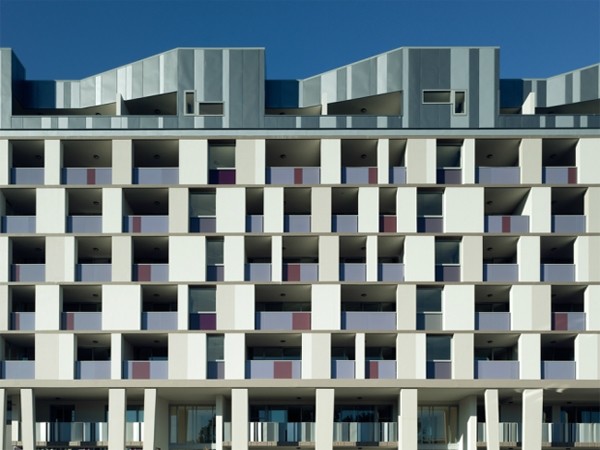
Zetland Apartments, Sydney, by Prescott. Photography by Richard Glover
When you walk into a new space, where does your eye zoom in on?
Almost always my eye will go to the brightest part of the space. We are naturally drawn to light and contrasting features, so that is where I look first.
What makes a great photo? Is there one image that has impacted you?
There are many elements that make a great photograph: it must be aesthetically arresting, conceptually well-conceived and have significance for the viewer.
There have been countless photographs that have impacted me, the most recent being this image of the Syrian conflict:
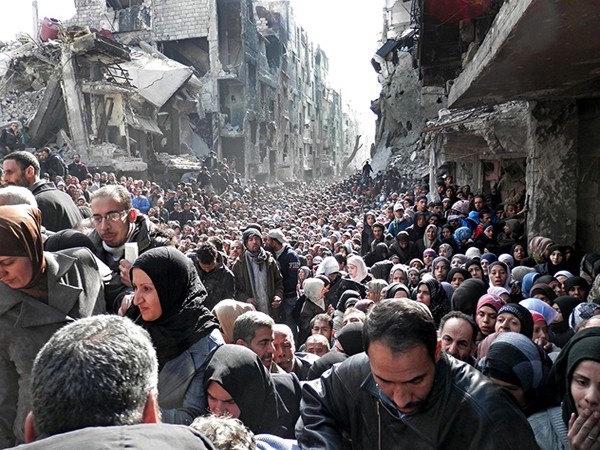
Scale of suffering at Syrian refugee camp is revealed by photo of huge queue for food. Photographer: UNRWA/AP. Source: The Guardian
I love the formal composition; the juxtaposition of tense human figures, in what was a typical city street but now a devastated urban-scape, and most profoundly, the significance of their plight.
How do you respond to an architect’s brief?
Firstly, I spend time understanding the approach of the architect, their vision and their sensibility. I clarify the brief, organise a site visit, and discuss any ambiguities and elements that perhaps have not been envisaged.
During the photographic process I start with a solid foundational idea for each image as per the brief. I then work carefully and often painstakingly to add further information and build on the aesthetic appeal. The post-production process adds additional subtle elements and touches.
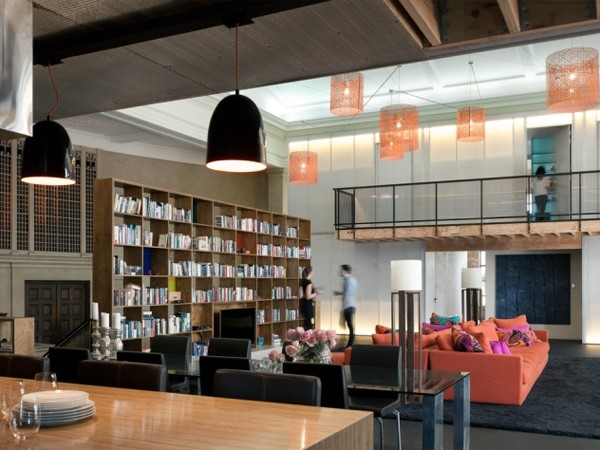
Inner House, Sydney, by Bates Smart. Photography by Richard Glover
What are the most common challenges you face when on an architecture shoot?
It is always juggling the many physical and logistical aspects that are the challenges: weather (constantly changing); remnant construction elements; the type of architecture and how it is being used during the shoot; access to vantage points; coordinating my work with the people in situ. Sometimes all these circumstances conspire against the photographer!
How do you achieve a narrative in your work?
Developing a narrative is the key to producing a successful series of photographs. Exploring and scrutinising a site before photography begins is very important. Pre-visualising (as best one can) all potential imagery and how the information within each will relate, both physically and conceptually to each other, is important. And certainly, the medium that the photographs will be used in is also important.
What are your favourite buildings?
Tate Modern, Guggenheim Bilbao, Sydney Opera House, The Pantheon, the myriad collection of fast disappearing modernist high-rise in London (See HERE)
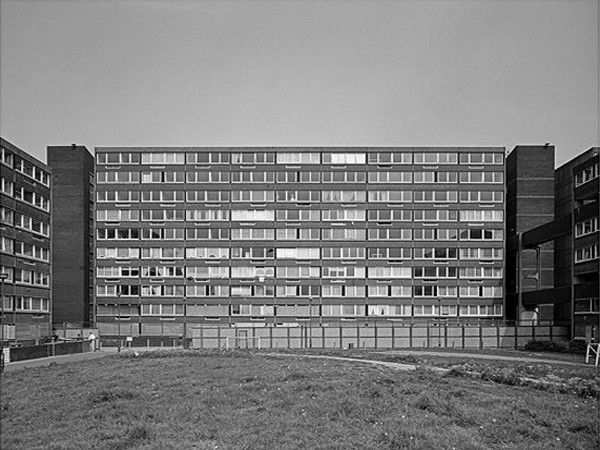
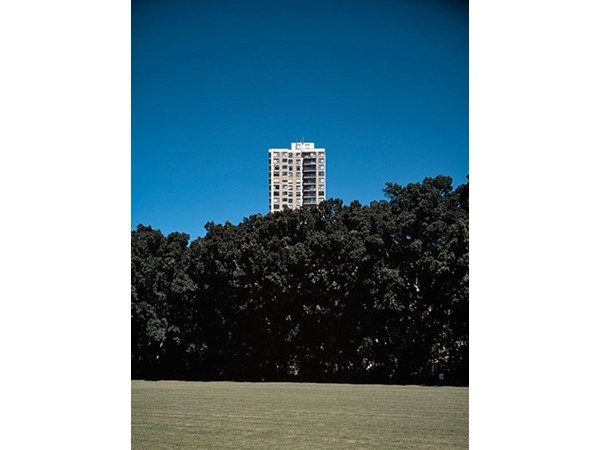
Monolith by Richard Glover. See more on gloverprojects.com
What about favourite photographers?
The Bechers, for their clearly defined conceptual framework and methodology (much of my exhibiting work references this influential couple); Gabriele Basilico - superb control of form and light (see Transition); Lewis Baltz, with his perfect plan-like compositions; Walker Evans, for his unstinting approach to every subject; and August Sander, who made ordinary and everyday subjects, important and profound (See Manhole Covers).
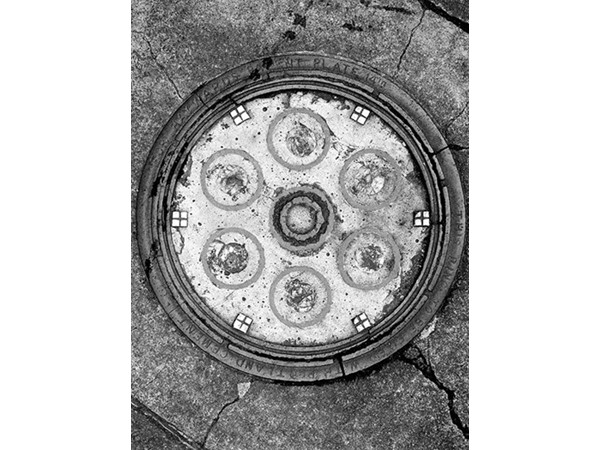
Manhole Covers
You’ve just started teaching architecture students at UTS a subject on photography. How have the changing media environment and our image rich society impacted on architectural practice?
Photography is of increasing fundamental importance to architectural practice. The democratisation of photography following the digital revolution has meant a growing sophistication in understanding and use, and image content must develop accordingly.
Project images are required for portfolios, lectures, awards submissions and increasingly for magazines, websites, blogs, exhibitions and social media. Images capture, inform and promote a great deal of information to a broader audience across these expanding media platforms. Architects are trained to understand visual concepts – an understanding and appreciation of the significance of photography is now an essential part of that training.
You’ve worked in Australia and the UK. How does the Australian light and aesthetic affect the way you work?
Australia is a huge country and the light can be very different depending on where you are, and the time of year and day. In Sydney, where I am based, direct summer sunlight is strong and intense and allows only 2-3 hours at the beginning and end of each day for optimal working conditions. Dealing successfully with the resultant high-contrast scenes is difficult. Strong, graphic compositions become a natural aesthetic direction to pursue but should be balanced, I believe, with complementary photographs revealing otherwise hidden detail – difficult but achievable.
Images courtesy of www.richardglover.com, and www.gloverprojects.com

